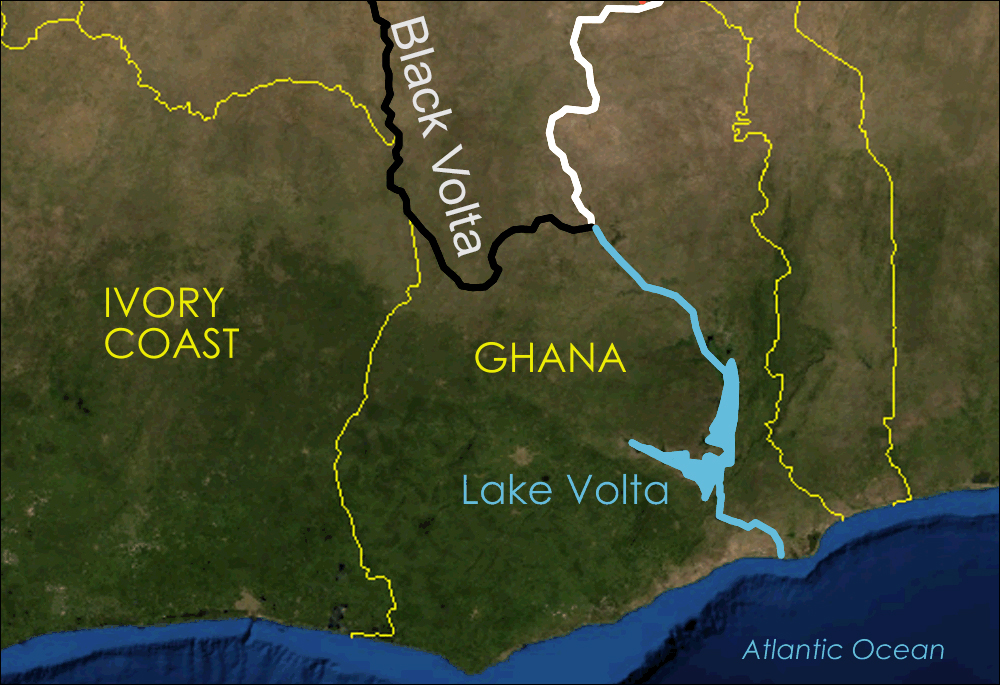
Update: UN Transboundary Water Treaty Moves Forward As Cote d’Ivoire Approves Ratification
0 Comments
/
Though three more ratifications are needed before the UN Watercourses Convention has the force of international law, advocates assert that four countries are close: Ireland, Tanzania, the United Kingdom, and Vietnam.
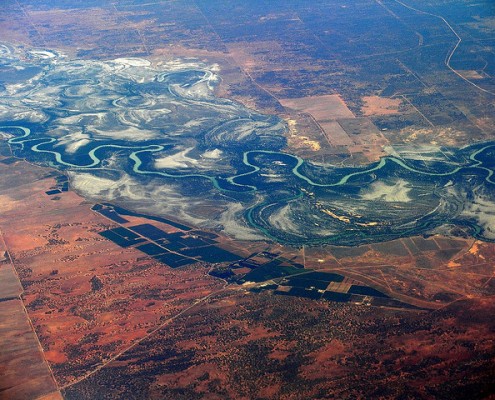
Report: Australia’s Groundwater Is Worth Billions
A new study finds that Australia’s groundwater contributes more to GDP than some industries.
Ongoing Texas Drought Threatens Supply from Two Reservoirs on Colorado River
With the amount of reliable water in reservoirs shrinking, water…
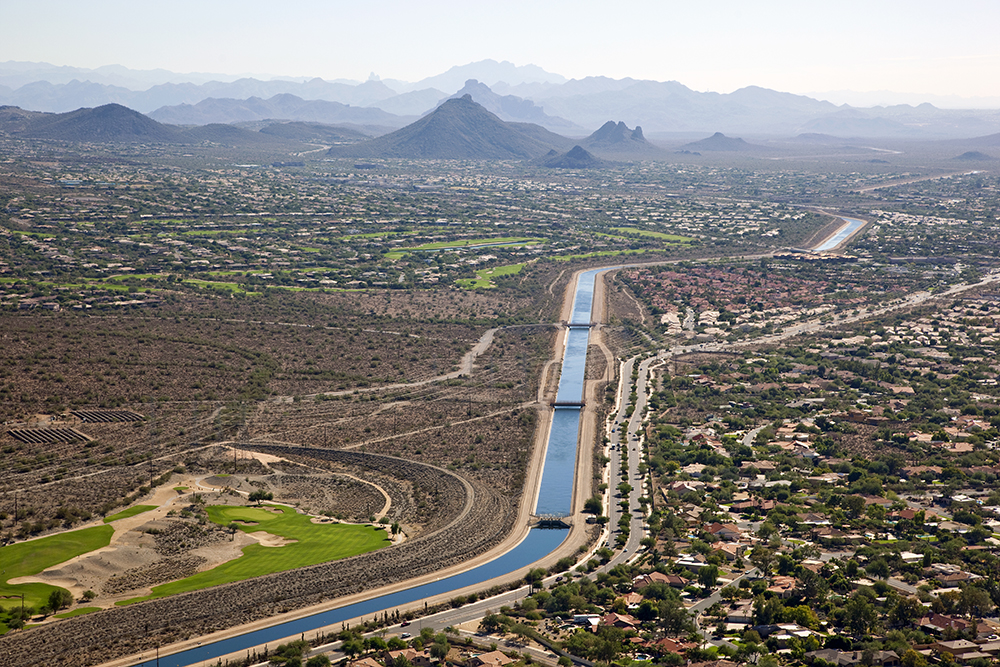
Fallowing Farmland: A New Card in Arizona’s Water Shuffle
A pilot project will test how much water can be saved by not growing crops.
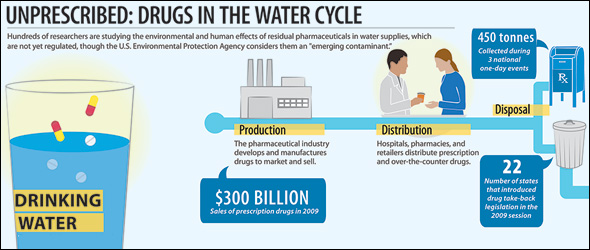
Who Will Pay for Disposal? Drug Companies Lose Against Local Governments in California and Washington
Though there still is no continuous national program to properly dispose of the 10 to 40 percent of prescription and over-the-counter medications that go unused, a few local governments in California and Washington are leading the charge to find sustainable funding sources.
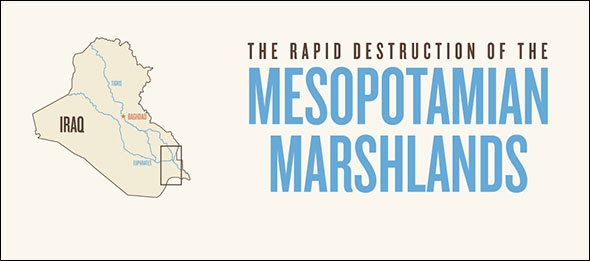
Iraq’s First National Park: A Story of Destruction and Restoration in the Mesopotamian Marshlands
The inauguration of Iraq’s first national park earlier this summer represents a step toward national rebuilding for the war-torn country. But restoration of Iraq’s marshes also offers a grander vision for regional water cooperation throughout the Middle East and elsewhere.
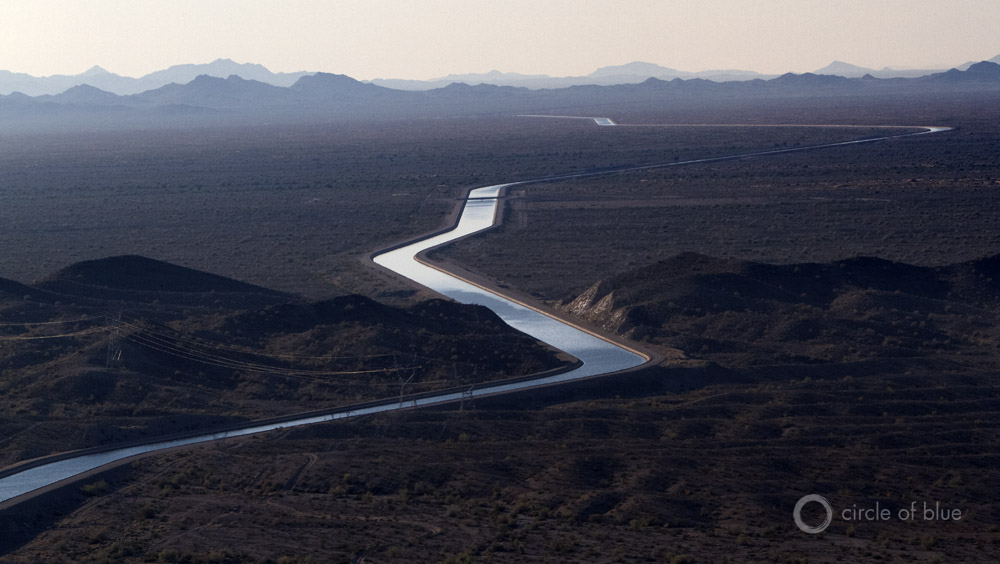
Fortune Telling: Colorado River Teeters Toward First-ever Shortage Declaration
In the short term, water prices would rise and groundwater pumping would increase. In the long term, demand would have to drop.

No Water, No Cities: A Review of “The Human Scale” at the Traverse City Film Festival
Danish documentary explores the beating human heart of cities but fails to examine water in the urban landscape.
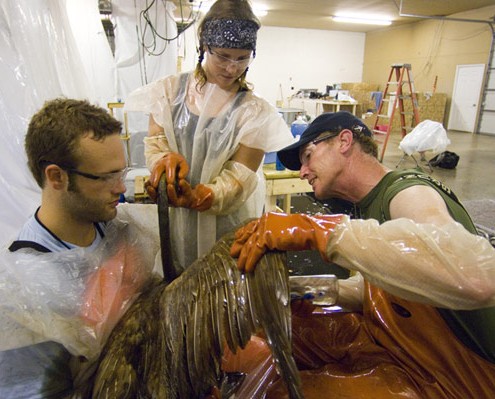
In Great Lakes, Reports Offer Reassurance and Warnings About Oil Pipeline Safety
Three studies reach differing conclusions about the vulnerability…
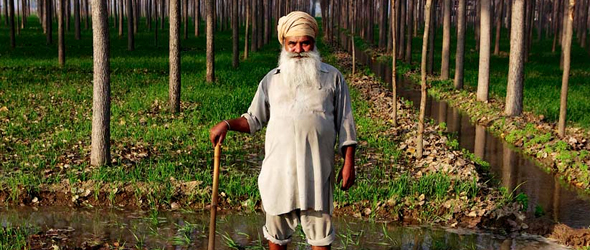
Scarcity in a Time of Surplus: Free Water and Energy Cause Food Waste and Power Shortage in India
Farm policies intended to remove risk from the grain-producing economy have pulled India from the perennial fear of famine. But inefficient bureaucracy and rampant corruption also promote the squandering of resources and a glut of food that is not reaching the poor.
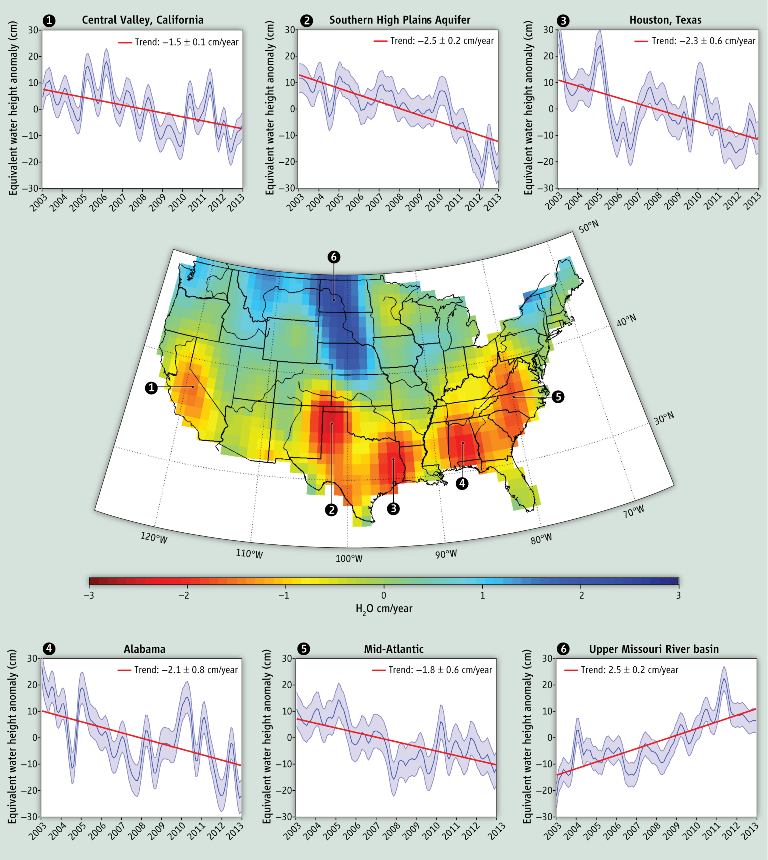
Satellite Data Shows U.S. Water ‘Hotspots’
Scientists who use the GRACE satellite say they need more resources…
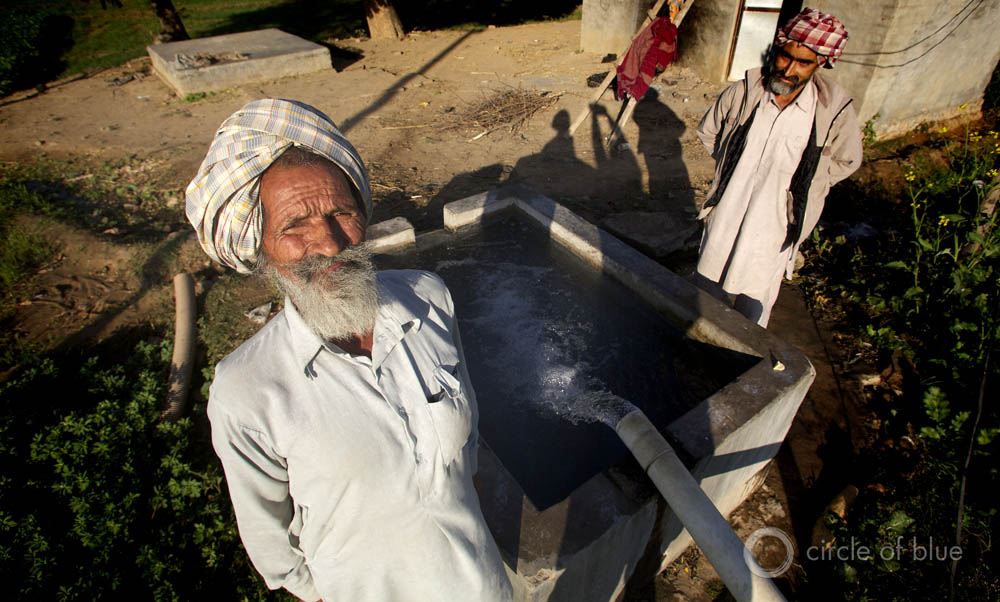
Choke Point: India — The Leopard in the Well
Thanks in large part to the Green Revolution that catalyzed grain production in the mid-1960s, India ended the perennial fear of famine. But achieving food abundance has overwhelmed India's mammoth and unwieldy bureaucracy, drained its freshwater reserves, and strained the energy sector and electrical grid.


